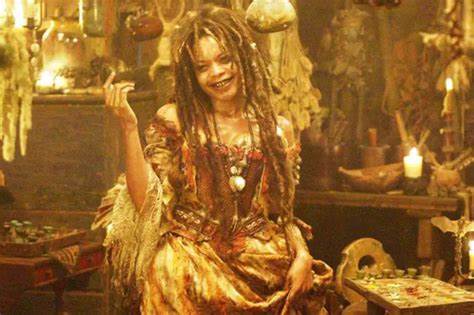
The Salem Witch Trials: A Dark Chapter in American History
Introduction
The Salem Witch Trials, a series of hearings and prosecutions of people accused of witchcraft in colonial Massachusetts between February 1692 and May 1693, remain one of the most infamous events in American history. This period of mass hysteria led to the execution of 20 people, most of them women, and the imprisonment of many others.
Background
The trials took place in the Puritan settlement of Salem Village, now known as Danvers, Massachusetts. The Puritans’ strict religious beliefs and the socio-political tensions of the time created a fertile ground for fear and suspicion. The community was already under strain due to a recent smallpox epidemic, frontier wars with Indigenous peoples, and economic hardships.
The Spark
The hysteria began when a group of young girls in Salem Village claimed to be possessed by the devil and accused several local women of witchcraft. The first three women accused were Tituba, an enslaved woman of African and Native American descent; Sarah Good, a homeless beggar; and Sarah Osborne, an elderly impoverished woman. These accusations quickly spiraled out of control, leading to widespread panic and further accusations.
The Trials
The trials were marked by a reliance on spectral evidence, where witnesses claimed to see the spirits of the accused committing witchcraft. This type of evidence was highly controversial and later deemed unreliable. The court also used “touch tests,” where the accused were asked to touch the victims, and if the victims’ symptoms stopped, it was seen as proof of guilt.
Key Figures
Several key figures played significant roles in the trials:
- Reverend Samuel Parris: His daughter and niece were among the first to exhibit symptoms of possession.
- Judge Samuel Sewall: One of the judges who later publicly apologized for his role in the trials.
- Cotton Mather: A prominent minister who supported the trials but later expressed regret.
The Aftermath
By May 1693, the hysteria had begun to wane, and the trials were halted. The Massachusetts General Court later declared a day of fasting and soul-searching for the tragedy of the Salem Witch Trials. In 1702, the court declared the trials unlawful, and in 1711, the colony passed a bill restoring the rights and good names of those accused and granted financial restitution to their heirs.
Legacy
The Salem Witch Trials serve as a powerful reminder of the dangers of mass hysteria, scapegoating, and the breakdown of due process. They have been the subject of numerous books, plays, and films, most notably Arthur Miller’s “The Crucible,” which uses the trials as an allegory for McCarthyism.
Conclusion
The Salem Witch Trials were a tragic episode in American history, reflecting the perils of extremism and the importance of justice and rationality. They continue to be studied as a cautionary tale about the consequences of fear and intolerance.
Leave a Reply